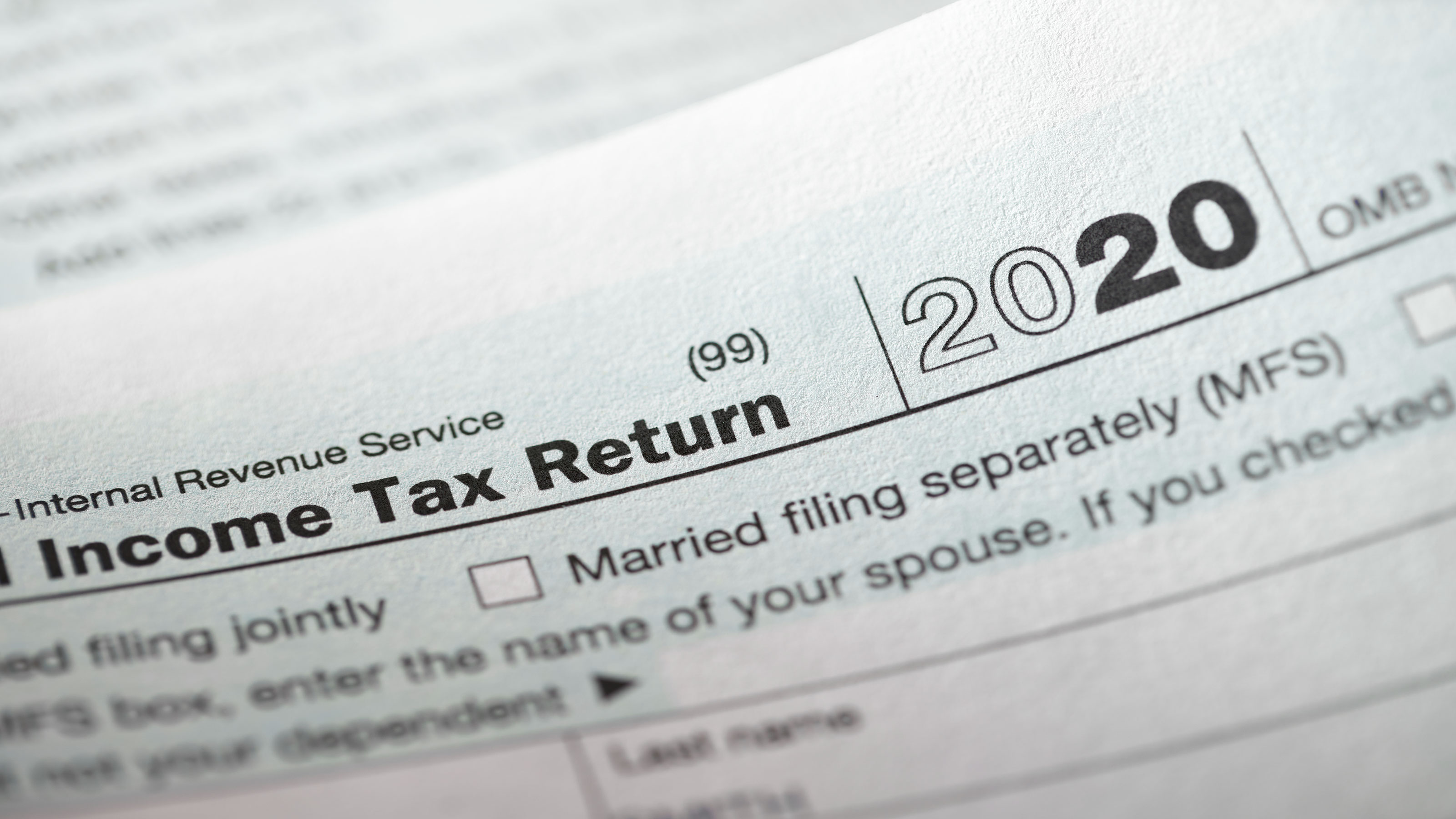When You Can Expect to Receive Your Tax Refund
The quickest way to receive your tax refund is to file electronically and have the money directly deposited into your bank account.

Question: I just filed my income tax return. When will I get my refund?
Answer: The IRS usually issues refunds within 21 days after you e-file, or within six weeks if you mail your return. You’ll get your money the fastest if you e-filed and have the refund electronically deposited into your bank account. See this IRS direct deposit guide for instructions on having your refund deposited into one or more of your bank accounts. Direct deposit also prevents you from having to worry about a lost or stolen check.
Your refund may be delayed if you claimed the Earned Income Tax Credit or the Additional Child Tax Credit. Under federal law, the IRS cannot issue refunds before mid February for people who claimed these credits. That’s designed to protect against ID theft by people who file a tax return in your name before you do.
From just $107.88 $24.99 for Kiplinger Personal Finance
Become a smarter, better informed investor. Subscribe from just $107.88 $24.99, plus get up to 4 Special Issues

Sign up for Kiplinger’s Free Newsletters
Profit and prosper with the best of expert advice on investing, taxes, retirement, personal finance and more - straight to your e-mail.
Profit and prosper with the best of expert advice - straight to your e-mail.
You can check on the status of your refund with the IRS’s Where’s My Refund? tool. You’ll need to provide your Social Security number, your filing status and the exact amount of your refund. You can check on the status 24 hours after the IRS acknowledges receipt of your e-filed return or four weeks after filing a paper return. The tool shows the status in three stages: return received, refund approved and refund sent.
Fewer people than usual are receiving refunds this year because the new tax law reduced the income tax brackets starting in 2018 and the IRS adjusted the tax withholding tables to have employers set aside less money from employees’ paychecks. Your tax bracket may have dropped and your take-home pay may have risen in 2018, but you may end up having a smaller refund (or no refund) when you file your income tax return.
If you’d like to receive a larger refund in the future or, even better, if you’d like to get more money in your paychecks but not owe money at tax time, you can use the IRS’s 2019 Withholding Calculator to determine whether you should adjust the amount of taxes your employer withholds from your paychecks. (You can also use our tax withholding calculator.) You can adjust your withholding by filing IRS Form W-4 with your employer to get more money in each paycheck right away, or you can reduce your take-home pay and get a larger refund next spring. For more information, see The One Simple Move Keeping Americans from Getting Bigger Tax Refunds This Year.
Profit and prosper with the best of Kiplinger's advice on investing, taxes, retirement, personal finance and much more. Delivered daily. Enter your email in the box and click Sign Me Up.

As the "Ask Kim" columnist for Kiplinger's Personal Finance, Lankford receives hundreds of personal finance questions from readers every month. She is the author of Rescue Your Financial Life (McGraw-Hill, 2003), The Insurance Maze: How You Can Save Money on Insurance -- and Still Get the Coverage You Need (Kaplan, 2006), Kiplinger's Ask Kim for Money Smart Solutions (Kaplan, 2007) and The Kiplinger/BBB Personal Finance Guide for Military Families. She is frequently featured as a financial expert on television and radio, including NBC's Today Show, CNN, CNBC and National Public Radio.
-
 Stocks Chop as the Unemployment Rate Jumps: Stock Market Today
Stocks Chop as the Unemployment Rate Jumps: Stock Market TodayNovember job growth was stronger than expected, but sharp losses in October and a rising unemployment rate are worrying market participants.
-
 Should You Renew Your CD?
Should You Renew Your CD?With rate cuts impacting earnings, we examine if now is a wise time to renew CDs.
-
 7 Ways to Plan Now to Save on Medicare IRMAA Surcharges Later
7 Ways to Plan Now to Save on Medicare IRMAA Surcharges LaterUnderstand the critical two-year lookback period and why aggressive planning before you enroll in Medicare is the most effective way to minimize IRMAA.
-
 It’s Not Too Late to Boost Retirement Savings for 2018
It’s Not Too Late to Boost Retirement Savings for 2018retirement Some retirement accounts will accept contributions for 2018 up until the April tax deadline.
-
 How to Correct a Mistake on Your RMDs from IRAs
How to Correct a Mistake on Your RMDs from IRAsretirement If you didn't take out the correct required minimum distribution because your brokerage firm made a mistake, the IRS may show some leniency.
-
 Ways to Spend Your Flexible Spending Account Money by March 15 Deadline
Ways to Spend Your Flexible Spending Account Money by March 15 Deadlinespending Many workers will be hitting the drugstore in the next few days to use up leftover flexible spending account money from 2018 so they don’t lose it.
-
 Making the Most of a Health Savings Account Once You Turn Age 65
Making the Most of a Health Savings Account Once You Turn Age 65Making Your Money Last You’ll face a stiff penalty and taxes if you tap your health savings account for non-medical expenses before the age of 65. After that, the rules change.
-
 Reporting Charitable IRA Distributions on Tax Returns Can Be Confusing
Reporting Charitable IRA Distributions on Tax Returns Can Be ConfusingIRAs Taxpayers need to be careful when reporting charitable gifts from their IRA on their tax returns, or they may end up overpaying Uncle Sam.
-
 How a Move Can Change Your 529 Plan Tax Deduction
How a Move Can Change Your 529 Plan Tax Deduction529 Plans The tax deduction you get for contributing to your state’s 529 plan can disappear if you move to another state.
-
 Tap an IRA Tax-Free With an HSA Rollover
Tap an IRA Tax-Free With an HSA RolloverIRAs You can convert tax-deferred money in a traditional IRA into tax-free cash by rolling it over to a health savings account and using it to pay for medical bills.
-
 How to Report an IRA Charitable Distribution on Your Tax Return
How to Report an IRA Charitable Distribution on Your Tax Returnincome tax Your IRA administrator will send you a 1099-R, noting your entire distribution; you need to report it to Uncle Sam — and call out what portion was used as a qualified charitable distribution — on your 1040.